Lasswell’s Model of Communication: Advantages and Disadvantages
Lasswell’s model of communication, developed by political scientist Harold D. Lasswell in 1948, is a simple and concise framework that outlines key elements and functions of communication. It is often represented as a series of questions, highlighting different aspects of the communication process. In an era when the study of mass media and political communication was gaining prominence, Lasswell sought to distill the complexities of communication into a concise and systematic model. At its core, Lasswell’s model poses a series of key questions that serve as building blocks for comprehending the process of communication. These questions break down the communication process into distinct elements, providing a structured approach to analyzing how information is transmitted, received, and potentially influences individuals and societies.

Definition of Lasswell’s Model of Communication
Lasswell’s Model of Communication is based on the following question:
Who says what, in which channel, to whom, with what effect?
The model consists of five essential elements, each representing a critical aspect of communication:
Who
This element addresses the question of the sender or source of the communication. It delves into the identity, motives, and attributes of the communicator. Understanding “who” is transmitting the message is crucial for interpreting its significance and potential impact.
Says What
The focus here is on the message itself – the content, ideas, or emotions being conveyed. Analyzing the substance of the message provides insight into the intentions and objectives of the communicator.
In Which Channel
This component pertains to the medium or method through which the communication is being transmitted. Whether it’s spoken words, written text, visual imagery, or another channel, the choice of medium influences how the message is perceived and understood.
To Whom
The audience or receiver of the communication is central to this aspect. Understanding the characteristics, beliefs, and perspectives of the intended recipients helps gauge how the message might resonate and impact them.
With What Effect
The final piece of the model examines the consequences of communication. It considers how the message influences the attitudes, behaviors, opinions, or emotions of the recipients. Assessing the effect of communication completes the cycle, providing insights into the overall success of the process.
Lasswell’s model, while valuable for its simplicity and ability to capture essential communication dynamics, is often criticized for its linear nature and lack of provisions for feedback, noise, and the interactive nature of modern communication. Nevertheless, it remains a foundational tool for introducing students and scholars to the core concepts of communication and serves as a starting point for more nuanced and comprehensive communication theories.
You can also learn about the seven essential steps of the communication process.
Features of Lasswell’s Model of Communication
Lasswell’s Model of Communication is a concise framework that outlines the key features and components of the communication process. Here are the main features of Lasswell’s Model:
Elements-Based Approach
The model is structured around a set of distinct elements that collectively define the communication process. These elements highlight crucial aspects of communication and help analyze its various dimensions.
Simplicity
Lasswell’s model is intentionally simplified to provide a basic understanding of communication. It distills the complexities of human interaction and information exchange into a straightforward set of questions.
Linear Sequence
The model follows a linear sequence of elements, moving from the sender to the receiver and focusing on the message, channel, audience, and effect in a sequential manner.
Focus on Key Questions
The model is framed around a series of questions that capture essential aspects of communication, making it easy to remember and apply. These questions help guide the analysis of communication processes.
Sender-Centric Approach
The model places significant emphasis on the sender or source of the communication. It highlights the importance of understanding who is communicating, their motives, and the content they are conveying.
Message Content
Lasswell’s model acknowledges the significance of the message itself, emphasizing the content, information, or ideas being transmitted from the sender to the receiver.
Medium or Channel
The model recognizes the role of the communication medium or channel through which the message is conveyed. Different channels can influence how the message is received and interpreted.
Receiver Consideration
Lasswell’s model emphasizes the recipient of the communication, including their characteristics, attitudes, and potential responses to the message.
Impact and Effect
The model concludes with a focus on the effect or impact of the communication. It underscores the importance of assessing how the message influences the receiver’s thoughts, emotions, behaviors, or opinions.
Application to Mass Communication
While Lasswell’s model can apply to various forms of communication, it gained particular prominence in the study of mass communication and political communication due to its relevance to media and public discourse.
Read about some important mass communication theories and models.
Basis for Further Development
Lasswell’s model serves as a foundational framework upon which more complex and interactive communication models have been built. It provides a starting point for deeper explorations of communication theories.
Advantages of Lasswell’s Model of Communication
Lasswell’s Model of Communication, despite its simplicity, offers several advantages that make it a valuable tool for understanding the basic dynamics of communication. Here are some of the advantages of Lasswell’s Model:
Historical Significance
Lasswell’s Model holds historical significance as one of the early formalizations of communication theory. It reflects the efforts of early communication scholars to create systematic frameworks for studying human communication.
Clarity and Simplicity
The model’s straightforward structure and concise formulation make it easy to grasp, especially for beginners in the field of communication studies. Its simple approach allows for a quick introduction to the fundamental components of communication.
Guided Analysis
The model provides a clear framework for analyzing communication processes. By breaking down communication into distinct elements and questions, it guides researchers, students, and practitioners in systematically examining various aspects of the process.
Foundation for Understanding
Lasswell’s Model serves as a foundational concept upon which more complex communication theories and models have been built. It provides a starting point for deeper explorations into the intricacies of communication dynamics.
Introduction to Key Concepts
The model introduces learners to key concepts of communication, such as sender, message, channel, receiver, and effect. It helps establish a common language and understanding among individuals studying or discussing communication.
Focus on Sender and Message
The emphasis on the sender, the message content, and the intended audience encourage an awareness of the importance of crafting effective messages tailored to specific audiences.
Check out Two-Step Flow Theory.
Application in Media Analysis
The model is particularly relevant for analyzing mass media and political communication. It helps researchers and analysts dissect media messages, understand their sources, and evaluate their potential impact on audiences.
Teaching Tool
Lasswell’s Model is often used as an educational tool to introduce students to the basic concepts of communication theory. Its simplicity allows educators to illustrate communication principles without overwhelming learners with complex details.
Communication Planning
The model can aid in the planning and execution of communication strategies. By addressing questions about who is communicating, what is being communicated, and to whom, communicators can make more informed decisions about their messaging.
Understanding Communication Effects
By focusing on the effect of communication, the model highlights the importance of assessing how messages influence audiences. This understanding can be valuable in shaping communication campaigns and initiatives.
Read about the Magic Bullet Theory.
Versatility
While the model is often associated with mass communication and political communication, its basic principles can be applied to various forms of interpersonal, group, and organizational communication.
In summary, Lasswell’s Model of Communication provides a foundational framework that simplifies the complexities of communication, making it accessible and useful for introducing individuals to the fundamental concepts and elements of the communication process.
Disadvantages of Lasswell’s Model of Communication
While Lasswell’s Model of Communication has its merits, it also has several limitations that must be acknowledged. These limitations reflect the model’s simplicity and its inability to capture the full complexity of communication processes. Here are some of the main disadvantages of Lasswell’s Model:
Linear and One-Way
Lasswell’s Model presents communication as a linear, one-way process from sender to receiver. It does not account for the interactive and dynamic nature of communication, where feedback and responses from the receiver can influence the sender’s subsequent messages.
Explore the Multi-Step Flow Theory.
Limited Feedback
The model lacks a dedicated element for feedback. In reality, communication often involves a continuous feedback loop where the receiver’s response influences subsequent communication. Without feedback, the model overlooks an essential aspect of effective communication.
Oversimplification of Message
The model treats the message as a single, isolated entity. It does not address the complexity of encoding and decoding messages, including the potential for misinterpretation, ambiguity, and the role of cultural and contextual factors.
Neglect of Noise
Noise refers to any interference or distortion that can disrupt the communication process. Lasswell’s Model does not explicitly account for noise, which can significantly affect the accuracy and effectiveness of communication.
Static Audience Consideration
The model’s focus on the receiver lacks depth in understanding the audience’s active role in interpreting and responding to messages. It does not consider the variability of audience perceptions, cognitive processes, and individual differences.
Lack of Cultural Context
The model does not explicitly address the cultural context in which communication occurs. Cultural differences can greatly impact how messages are perceived and understood, which is not adequately accounted for in this model.
Message Effects Oversimplification
The “With What Effect” element is oversimplified. It does not explore the nuanced and multifaceted ways in which messages can influence attitudes, behaviors, and emotions in individuals and societies.
Technological Advances
The model was developed before the digital age and does not encompass the diverse range of communication technologies and platforms that have emerged since then. It doesn’t account for the influence of new media on communication dynamics.
Inadequate for Complex Communication
The model is most suitable for simple and direct forms of communication. It struggles to explain complex communication scenarios, such as those involving multiple parties, negotiation, persuasion, or conflict resolution.
Contextual Ignorance
The model lacks consideration of the broader situational and contextual factors that can impact communication. Factors such as time, place, power dynamics, and social norms can significantly shape communication interactions.
Theoretical Underdevelopment
While Lasswell’s Model serves as a foundational concept, it is relatively simplistic compared to more comprehensive and nuanced communication theories that have been developed over time.
While Lasswell’s Model of Communication provides a basic framework for understanding communication, it falls short in capturing the intricacies and complexities inherent in real-world communication interactions. It serves as an introductory tool, but a more robust model is needed to fully grasp the multifaceted nature of communication processes.
Examples of Lasswell’s Model of Communication
Let’s explore some examples of Lasswell’s Model of Communication in various contexts:
Political Speech
Consider a political leader delivering a televised speech. The “Who” in this case is the political leader. The “Says What” is the content of the speech, which could include policy proposals, campaign promises, and political messages. The “In Which Channel” is the television broadcast. The “To Whom” is the audience watching the speech, which could include constituents, supporters, and opponents. The “With What Effect” could be measured by changes in public opinion, shifts in political support, and media coverage.
Discover the advantages and disadvantages of Agenda-Setting Theory.
Advertisement
Let’s analyze a print advertisement for a new smartphone. The “Who” is the company that created the advertisement. The “Says What” is the information and features of the smartphone being advertised. The “In Which Channel” is the print media where the ad is placed. The “To Whom” includes readers of the magazine or newspaper where the ad appears. The “With What Effect” can be seen in terms of increased product sales, brand recognition, and consumer perception of the product’s value.
Explore Cultivation theory, its strengths, and weaknesses.
Interpersonal Communication
In a face-to-face conversation between friends, the “Who” are the individuals engaged in the conversation. The “Says What” includes the topics, ideas, and emotions being discussed. The “In Which Channel” is the verbal and nonverbal cues used in the conversation. The “To Whom” are the friends participating in the discussion. The “With What Effect” component could be changes in understanding, emotional connection, or decisions made based on the conversation.
Social Media Post
Let’s examine a social media post by a celebrity. The “Who” is the celebrity posting on their social media account. The “Says What” includes the content of the post, which could be a personal update, a promotional message, or a statement about a social issue. The “In Which Channel” is the specific social media platform, such as Instagram or Twitter. The “To Whom” encompasses the celebrity’s followers and anyone who sees the post. The “With What Effect” might involve engagement metrics like likes, shares, and comments, as well as, public reactions and media coverage.
Read about the Media Dependency Theory and Uses and Gratification Theory.
News Article
Analyze a news article reporting on a scientific discovery. The “Who” includes the journalist and the news organization. The “Says What” is the information and details about scientific discovery. The “In Which Channel” is the newspaper, website, or broadcast through which the news is disseminated. The “To Whom” consists of the readers or viewers of the news outlet. The “With What Effect” could involve increased awareness of the discovery, public discussions about its implications, and potential changes in attitudes toward related topics.
These examples illustrate how Lasswell’s Model can be applied to various communication scenarios, highlighting the different elements involved in each case. However, it’s important to note that real-world communication is often more complex and interactive than this model suggests, and other communication models may provide a more comprehensive understanding of these interactions.
Check out the TV news production process.
Conclusion
Lasswell’s Model of Communication remains a touchstone for appreciating the core elements of the communication process—Who, Says What, In Which Channel, To Whom, and With What Effect. Yet, it’s essential to recognize that modern communication theories have evolved beyond this initial framework to capture the multifaceted, multidirectional, and diverse nature of communication in our interconnected world. While we acknowledge its historical significance, we also appreciate that our understanding of communication has grown exponentially since the model’s inception. As we continue to explore new dimensions of interaction, technology, and societal change, Lasswell’s Model will forever hold its place as a starting point—a catalyst that initiated our journey into the rich tapestry of human communication.
FAQs
Lasswell’s Model of Communication is a simplified framework that outlines key communication elements: Who (sender), Says What (message), In Which Channel (medium), To Whom (receiver), and With What Effect (impact). It portrays communication as a linear process, but lacks provisions for feedback, noise, and interactive dynamics. It serves as a basic tool for understanding communication but doesn’t fully capture the complexity of real-world interactions. It’s a starting point for analyzing communication, especially in mass media and politics, guiding the examination of essential components in a sequential manner.
Lasswell’s Model of Communication consists of five key elements: Who (sender or source), Says What (message content), In Which Channel (communication medium), To Whom (receiver or audience), and With What Effect (impact on the receiver). These elements provide a structured framework for understanding the basic components of communication and serve as a starting point for analyzing the process. While the model’s simplicity is valuable for introductory purposes, it lacks the complexity to fully represent the interactive and dynamic nature of modern communication, such as feedback loops, noise, and multidirectional interactions.
Lasswell’s Model of Communication is considered influential due to its simplicity and foundational role in communication studies. Its concise framework—Who, Says What, In Which Channel, To Whom, With What Effect—offered a structured introduction to communication dynamics. It initiated the formalization of communication theory and inspired subsequent models. Though limited by its linear nature, it effectively introduced students and scholars to essential concepts. While not the most comprehensive model, its historical significance, ease of understanding, and role in shaping early communication research contribute to its influence in sparking interest and discourse within the field.

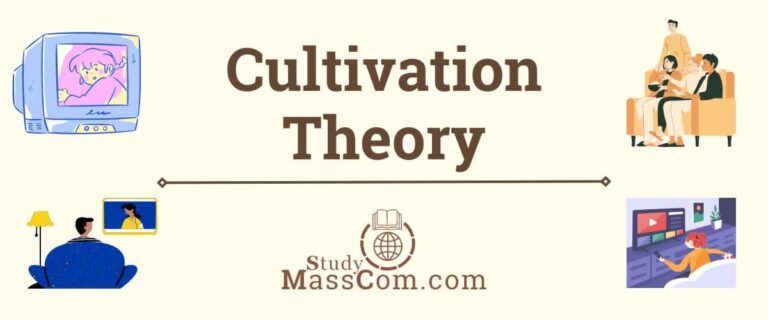

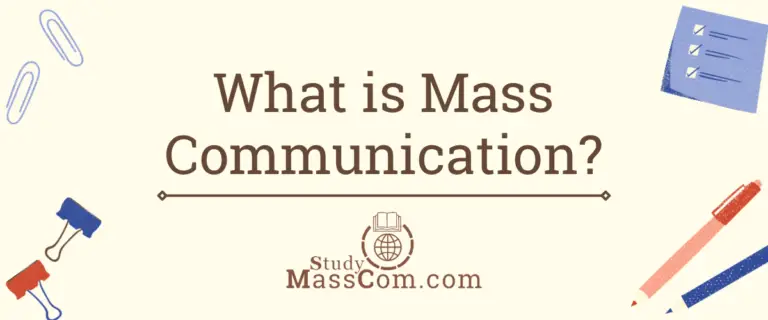
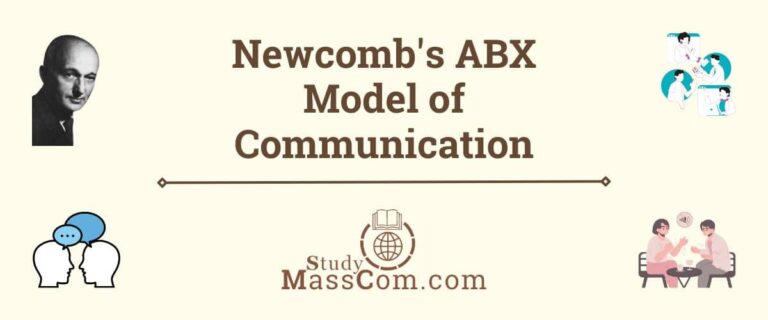
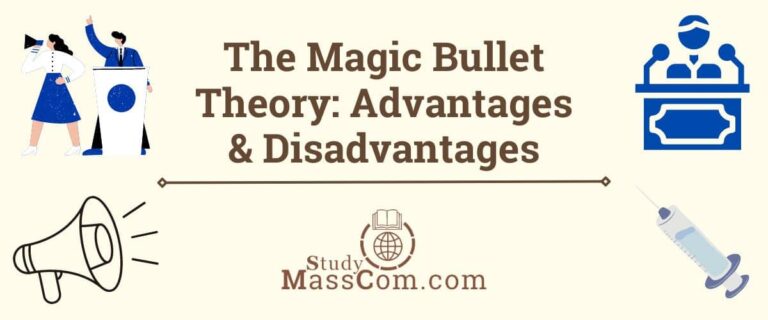
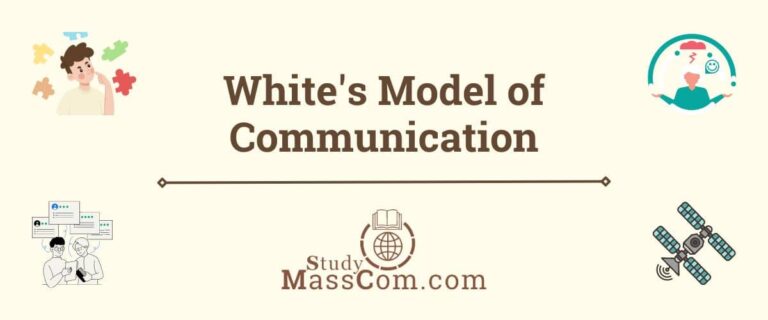
what is the intext citation for this